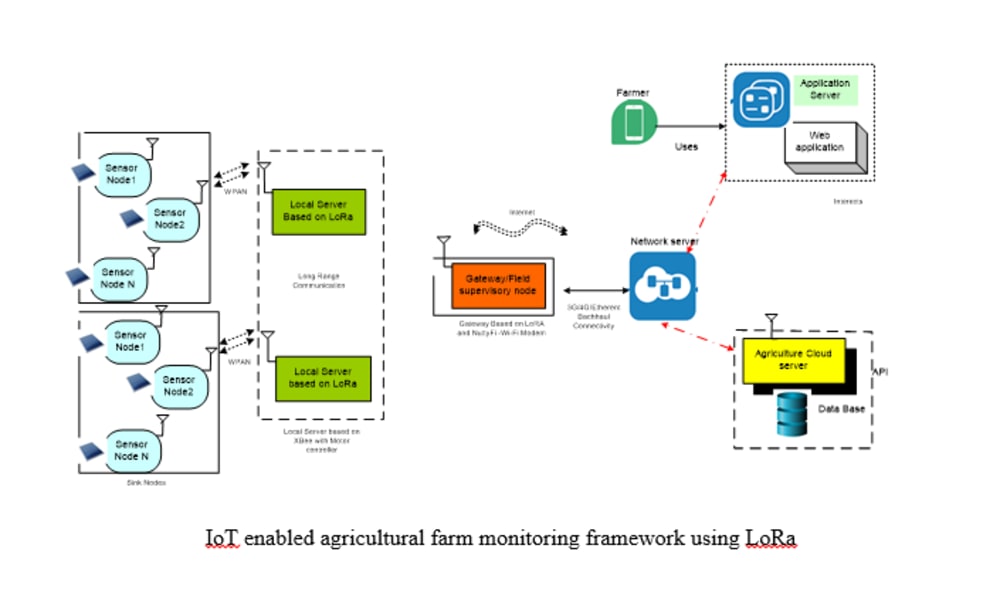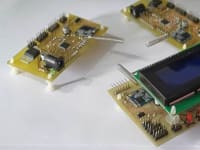Problem Statement: Global Food Demand, Can We Solve?
Proposed Solution:
The Internet of Things (IoT) has brought a revolution in the technological era, where objects around us will be connected and interact with each other to perform certain task without human intervention. Features like vision, self-configuration and intelligence could be incorporated in to the IoT architecture to improve preciseness. Here, in this article we have presented how a distributed ledger or block chain could be adapt in IoT LoRa architecture (LoRa-IoT) to enhance robustness and self-maintenance in a network. A novel Long Range wide area network (LoRa-WAN) architecture has been implemented along with lightweight block chain for agriculture applications. It gives a complete solution for farmesr from spade to spoon analogy. For agricultural farming automation LoRa architecture has been adopted, where field monitoring has been done by deploying various sensors like soil pH, temperature, humidity, water level, rain fall etc. and data has been collected from cloud / local server for monitoring. To enhance features block chain has been brought into the picture, which facilitates data privacy, remote access authentication and any malware attack prevention. This paper give a descriptive analysis of block chain in to customized IoT architecture for various domain applications like agriculture, smart city, smart traffic management, industrial IoT etc. A blockchain based LoRa architecture has been proposed for agricultural application and implementation to solve spade to spoon analogy. The impact of block chain IoT (BIoT) has been discussed in reference to traditional cloud centric application.
Technicality:
IoT platform is essential in agricultural application. By considering simple example it will be easier to understand. Let suppose a farmer produce 50 Kg of organic Tomato, that could be sells to the consumer around the cities of India.So, he has to login on to the interface. The interface will authenticate the farmer by validating unique ID card. Now, he could put a request with image, text and tagging the best whole seller those pay good price for the same. Whole seller look in to the product and depending on the review he can give rating to the farmer to differentiate the best quality product produced by Farmer as shown in figure 13. Product get distributed via transportation and reached to the needy consumers by local distributors. The money could be transferred to the farmer by banking transaction.
The framework encourages the procedure where a farmer tracks its product and get all the updates via IoT devices.
Like this entry?
-
About the Entrant
- Name:Mahendra Swain
- Type of entry:individual
- Patent status:pending








